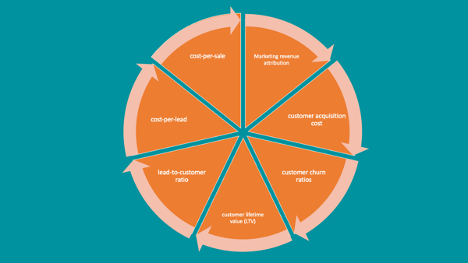We just finished Tax Day 2023. Everyone with a P&L had to take a hard look at their numbers. As business owners we know how important those financial indicators are for the health of our business.
But what about your #marketing activities? How well are you tracking those numbers? Not sure what programs are driving revenue and which ones are costing you big time? Know your numbers!
If marketing is to truly drive revenue and profitability, it must be centered on ROI with performance numbers to back that up.
Tracking the #metrics of your marketing campaigns is now easier than ever. Even traditional off-line marketing efforts can be tracked more effectively as they are often linked to a landing page, website, or social media account.
Here are the numbers you should care most about.

o Marketing revenue attribution – determines what marketing efforts produce the most revenue. While large marketing departments use sophisticated models, small businesses can get a good picture by assigning a revenue value to each step in their buyers’ journey.
o Customer acquisition cost – defines how much it costs you to acquire a new customer.
o Customer churn ratios – refers to the rate at which your company gains or loses new customers. How long or often does a customer keep buying your services? The average of customer wins, holds and losses over a set timeframe (we prefer at least two years) determines your churn rate.
o Customer lifetime value (LTV) – is a measure of the average customer’s revenue generated over their entire relationship with a company.
o Lead-to-customer ratio (conversions) – is the proportion of qualified leads of a company that result in actual sales.
o Cost per lead – is the cost for each lead generated by marketing efforts. In digital marketing (Pay Per Click) it is also the pre-established price an advertiser pays for each lead generated.
o Cost per sale – a metric used by advertising teams to determine the amount of money paid for every sale generated by a specific advertisement.
To get a true picture of marketing performance, success metrics should include multichannel data collection and off-line data integration. It should provide a whole picture of past performance and allow for predictive behavior analysis, modeling, and forecasting.

